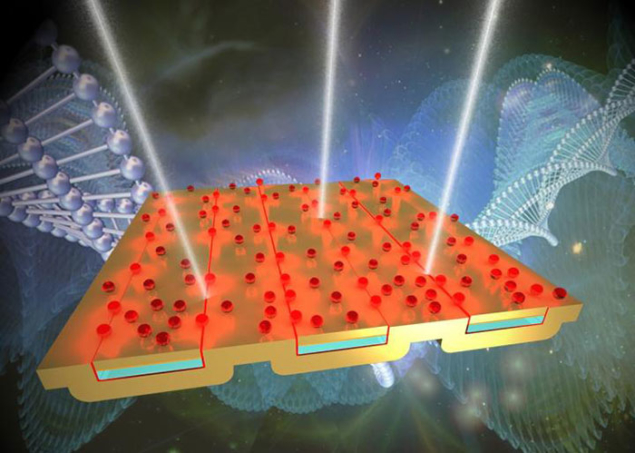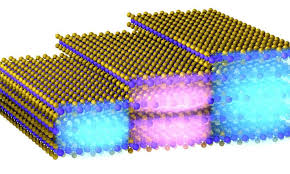Flexible sTMD multidimensional (electronic) nanostructures in nanometer dimensions (PhD in nano-microelectronics)
Researcher and author: Dr. ( Afshin Rashid)
Note: The properties of sTMD flexible multidimensional materials in modern nanoconductor dimensions have revolutionized a wide range of technologies such as electronics, lighting, solar energy and communications.
Most metal nanoparticles and nanoparticles, semiconductors, ceramics, and some nanopolymers that have a crystalline structure have a long order in their structure. The range of this order between atoms or ions is more than 100 nanometers. Atoms or ions are repeated regularly in three dimensions. Long-range materials are called crystalline materials. If materials have a large crystal, they are called single crystal materials. Single crystal materials are suitable for many electronic and optical applications, for example computer chips are made of single crystal silicon. Polycrystalline materials are composed of very small crystals in three dimensions. Monolayers are classified into H or T structures according to their stability, where H is the most common structure with TMD symmetry and triangular prism metal coordination, and T represents a structure with multidimensional symmetry and octagonal metal coordination, and Are unstable structures.
In particular, single-layer TMDs of the nano-multidimensional group are straight-slit semiconductors, while their two-layer and thicker multi-layers have indirect slits. For example, nT- dimensional flexible sTMD multilayer materials all pass from indirect to direct slit when passing through two layers layer by layer. The electronic structure of sTMD flexible multidimensional materials depends on the crystal phase, resulting in a wide range of electronic characters including metallic, semi-metallic, semiconductor and superconducting (SC) forms for various multidimensional flexible sTMD materials.
The nano-microelectronics industry uses Si to build electronic circuits and GaAs, GaN and other III-V materials for optical nanodevices, with conventional substrates consisting of wafers made of flexible multidimensional sTMD materials in nano-dimensional temperatures. Top. Precisely controlled thin films can be placed on the substrate for additional performance, for example by chemical vapor deposition (CVD) or molecular beam epitaxy.
Researcher and author: Dr. ( Afshin Rashid)
PhD in Nano-Microelectronics




